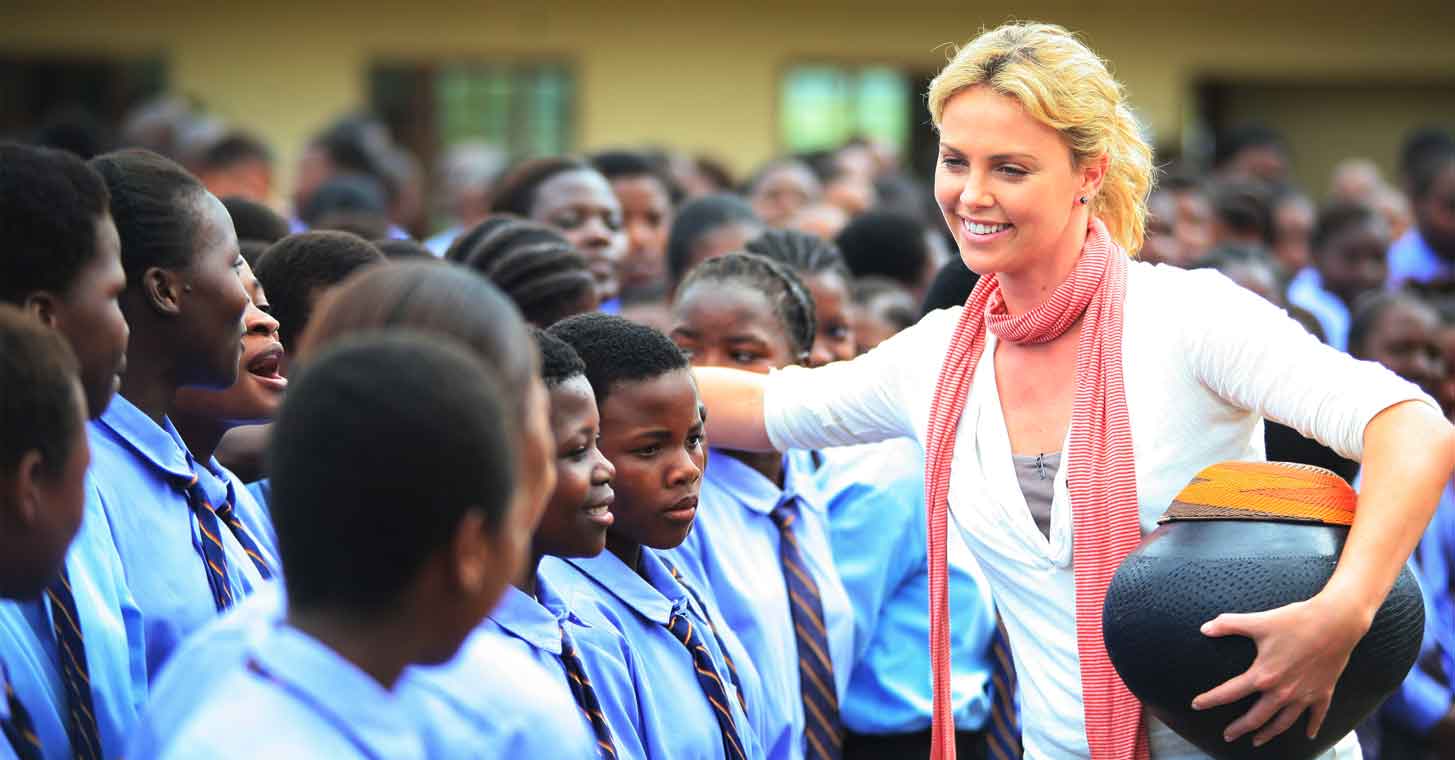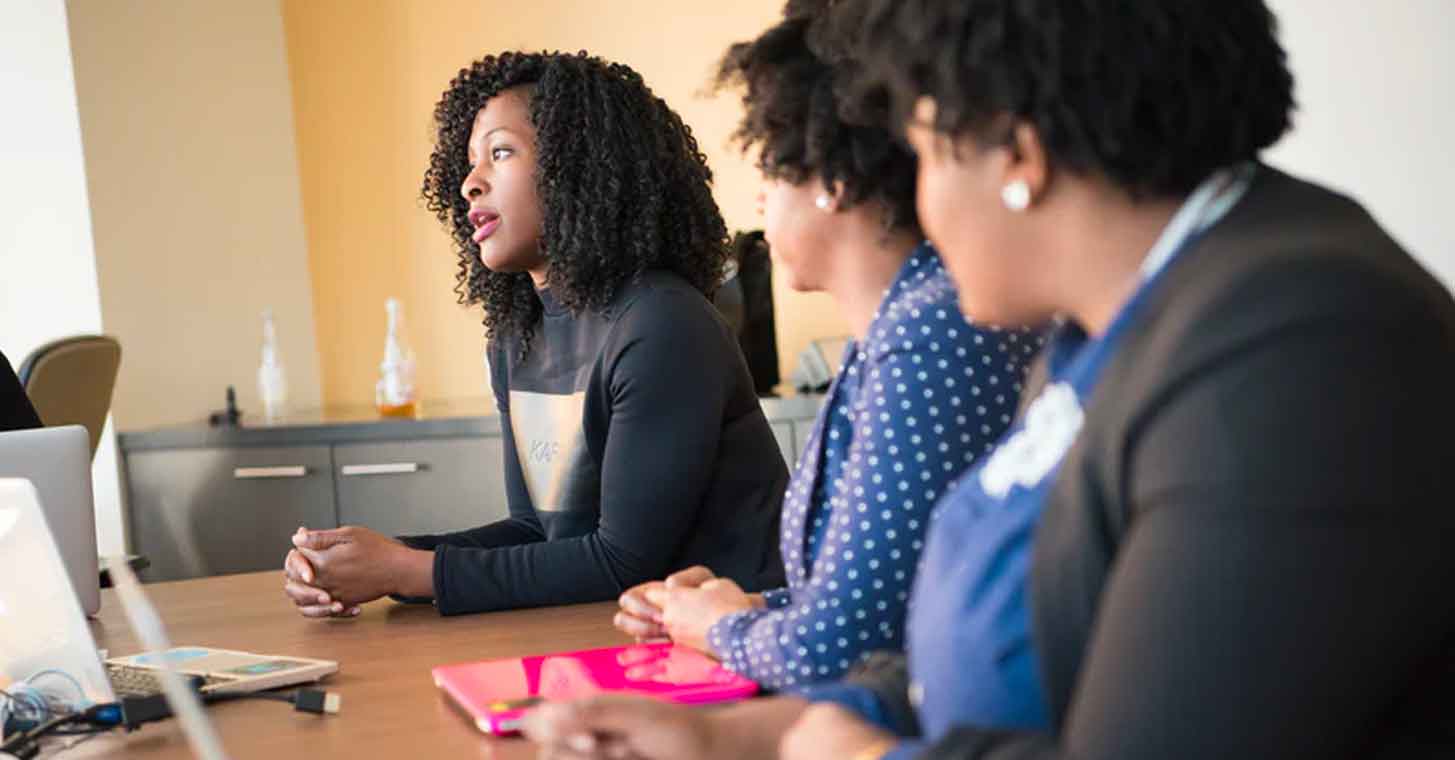Can More Women in Leadership Champion Emotional Philanthropy?
In recent years, we have seen a global commitment to supporting getting more women in leadership roles, from Fortune 500 companies to start-ups.
By Kay Sexton, Contributor
A Critical Balance
The importance of having a more gender balanced board, management or leadership team is a work in progress. For instance, the current legislation in The Netherlands to ensure more women have seats on company boards has not worked and a quota system is the only way forward, according to a new report on female representation in top executive functions.
Having balance in the boardroom not only supports a better approach to a more diverse leadership style, but also the succession of successful women into a position where they are financially able to explore philanthropic projects that can have a positive impact, with more emotional engagement and perhaps more frequency.
Philanthropy & Gender Difference
There is a strong connection between women and social philanthropy may result from the powerful advocacy of women who support causes that require a certain bravery which magnifies the effect of their donations. The impact of women who demonstrate leadership alongside philanthropy, exponentially increases their impact in their fields of endeavour. Charlize Theron is a perfect example. When, in 2014 she spoke up as part of the UN Stop Rape Now campaign, she didn’t just address a difficult and often under-reported issue, she drew upon nearly a decade of committed philanthropy in Africa.

Image credit: CTAOP
The Charlize Theron Africa Outreach Project (CTAOP) was established in 2007 to support young people in Africa fight against HIV/AIDS. So when, in 2008, she was named a United Nations Messenger of Peace to acknowledge her consistent dedication to “improving the lives of women and children in South Africa, and to preventing and stopping violence against women and girls”, the recognition was as much for her engagement with issues and community groups addressing them, as for her generosity. Women like Charlize Theron are effective because they mobilise all their skills behind projects they support. Working with TOMS shoes, the CTAOP has created limited edition shoes in three different years, that both support the programmes (by donating $5 for each pair of shoes sold) and create direct support to those affected, as TOMS gives a new pair of shoes to a child in need for every pair purchased.
This kind of wide-ranging partnership is something female philanthropists excel at. While it may not be possible for all of us to collaborate on shoe design, many of us have to scope to work together to create partnership activities that raise awareness, improve funding, benefit the donor and are fun – a bake sale is a small but perfect example of this kind of approach. Similar initiatives can be found at all levels of philanthropy.
Are Women more Giving with Emotional Philanthropy?
Why does women’s philanthropy matter so much? Research shows that there are significant differences between men and women in philanthropic terms. Women give more, give more often and give time as well as money, making them great supporters of their chosen causes, and also better advocates for them.
“I never, ever, just write a cheque, I use my business and entrepreneurial skills, along with my wealth, to do the things that I'm good at.”
Dame Stephanie ShirleyBritish information technology pioneer, businesswoman and philanthropist

One thing remains the same though: the powerful emotional impact of philanthropy on those who give and those who receive. Dame Stephanie Shirley has been in the vanguard of the ‘giving difference’ approach. She says of her philanthropic endeavours “I never, ever, just write a cheque, I use my business and entrepreneurial skills, along with my wealth, to do the things that I’m good at.” Her tech start-up, Freelance Programmers, launched in 1962, with a working capital of £6 (British Pound). Shirley wanted to create job opportunities for women with dependents, and predominantly employed women programmers.
Of Shirley’s first 300 staff, there were only three programmers who were men. Her company went on to become a multinational giant and was acquired by Steria and now part of the Sopra Steria Group. Today Dame Stephanie’s multi-million pound philanthropy has influenced the role of women in business and research into autism, in particular.
We can all take this kind of inspiration into our daily lives. Where we care, we can give. Where we give, we can inform. Where we inform, we can use our time and energy to build partnerships that change the world.










